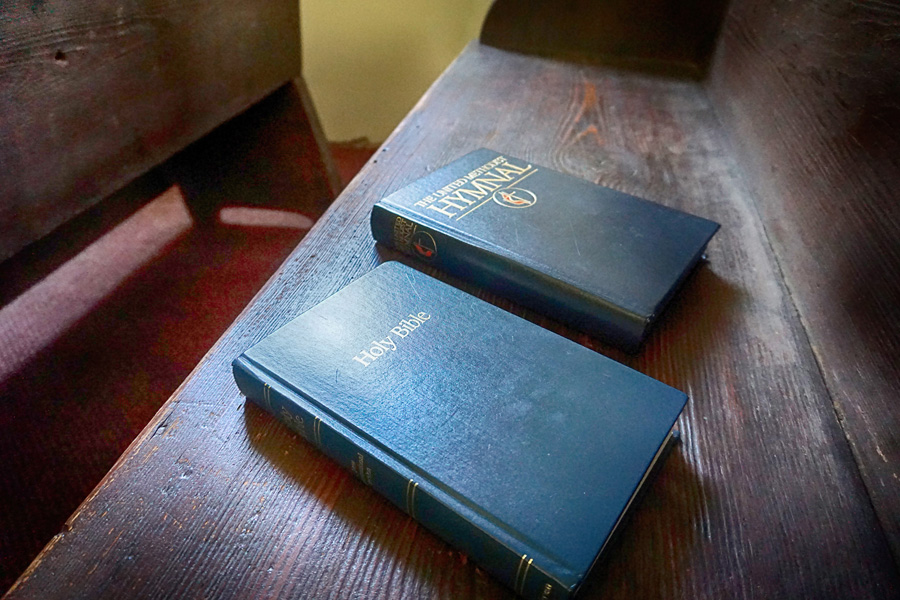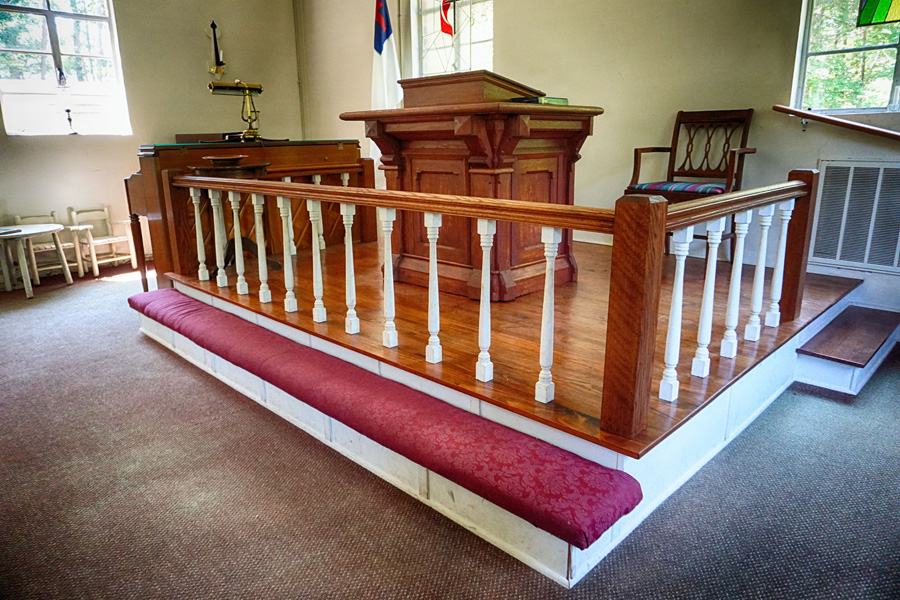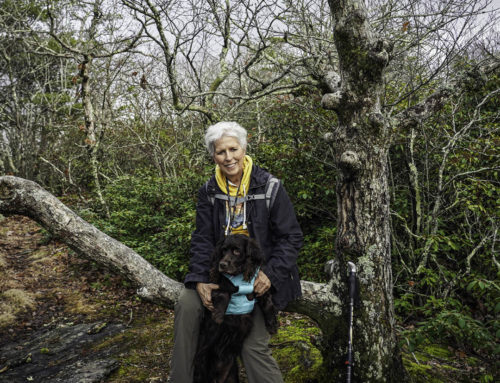Last year, I began photographing rural historic churches. It was a thing to do on Sunday afternoons, especially in the colder months. But my interest has continued. Churches have always been a central part of communities. Many of the ones I visit are in locations surrounded by nothing but pure farmland. Providence Methodist is different. It’s located on what was the Unicoi Road (the Indian footpath that led north). It’s also just up from Traveler’s Rest making it an important part of the history of Stephens County.
The original framed church building was built by Devereaux Jarrett in 1857, owner of one of the largest estates in this area. It was situated on property, which included nearby Traveler’s Rest. The history of the church and those who worshiped is much too detailed to write about here. I need to unravel it myself. I can say that the church is located on the Tugaloo River Corridor, which is of great interest to me and others.
I first photographed the grave yard of this church last winter and will be back to do more of that. The graves sites extend far into the surrounding woods and include the Jarretts, Haddocks, and Prathers.
Today, Providence is not a part of the United Methodist Church. Though at one time it was a satellite of Toccoa United Methodist Church (according to the records kept by Elizabeth Hayes). This is the second building to stand on this small hilltop location. The present building was built in 1947 and is much smaller than the original structure. In The History of Stephens County Georgia, Katheryn Trogdon writes, “For sentimental reasons the old church was torn down with much reluctance and regret as it had stood there for 96 years.
“The original framed church was large enough for blacks and whites. It was served by visiting preachers until the late 1800’s. From 1919 to 1925, Providence served as a church and a school house. The school was organized by “Miss Hennie” Turnbull.” Lots of the names in the cemetery are for the most part family names that most of us easily recognize.
Mrs. Colleen Jarrett was very kind to open the church for me to photograph. I wish I had been able to stay longer. As we walked through the structure, she told me that services are still held every Sunday at 8:30 am. Since her house is nearby, she and her husband watch over the property.
There is so much history to be found in locations like this. The cemetery is teeming with historical information and really the graves all need to be recorded and marked—a challenge but something that other churches are doing, especially because of the Revolutionary and Civil War Veterans’ graves and connection.
A simple offering plate sits atop a simple wooden pulpit. I love offering plates and sort of collect them. People often give sacrificially and that really speaks to my heart.
Colleen knew, who had “stitched” the kneeling pad in this photo and also the family responsible for the “newer” carpet.
She also knew that this old upright piano was a donation, but she couldn’t remember who gave it to the church. It has long been retired and a newer one sits off to the side.
I did notice the hymnal was from the United Methodist Church, but Colleen explained that many of the smaller rural churches have been removed from the denomination for financial reasons. The upkeep of properties like these can be costly; but still, this history needs to be preserved. We can’t allow it to fade or be forgotten.
The woods have and are overtaking the grave sites. I mentioned earlier that many are located in the fairly dense woods in the back of the church. It was easy to “beat” my way through to see them in the winter. When snakes, leaves, and weeds are non-existent.
This church is certainly worthy of a visit. With nearby Traveler’s Rest and roads named Owl Swamp and Home Sweet Home, you can’t go wrong on this short adventure. Plus, this is the site of a tremendous amount of history for Stephens County, as well as, the State of Georgia.















Leave A Comment